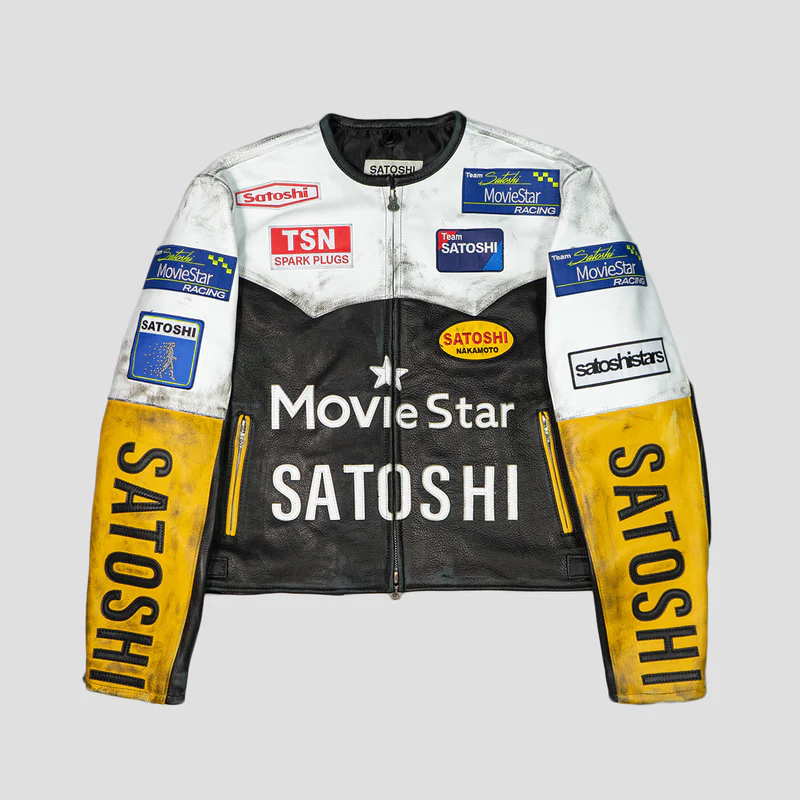Laser cleaning on metal is a modern and highly effective method of removing rust, paint, oil, and other surface contaminants using concentrated laser beams. Unlike traditional cleaning techniques such as sandblasting or chemical stripping, laser cleaning is contact-free, precise, and eco-friendly. It preserves the integrity of the metal while offering fast and efficient cleaning results.
How Does Laser Cleaning Work on Metal?
Laser cleaning works by directing a focused laser beam onto the contaminated metal surface. This beam delivers intense energy that heats and vaporizes the unwanted layer—such as rust or paint—without affecting the base metal underneath. The laser energy interacts only with the top layer, breaking its bond with the metal surface. Once the contaminant is removed, a clean, undamaged metal surface is left behind.
There are two common types of laser systems used:
- Pulsed lasers are ideal for delicate or precise cleaning, especially on sensitive metal parts.
- Continuous wave lasers are used for cleaning large surfaces where high speed is required.
Applications of Laser Cleaning on Metal
Laser cleaning is suitable for various types of metals, including:
- Steel and Iron: Common in automotive and construction industries.
- Aluminum: Widely used in aerospace and electronics.
- Copper and Brass: Common in electrical components and industrial tools.
Common uses include:
- Rust removal: Effectively cleans corrosion from old or weathered metal surfaces.
- Paint stripping: Removes paint layers without using chemicals.
- Surface preparation: Prepares metal for welding or coating.
- Oil and grease removal: Ideal for cleaning machine parts or molds.
- Restoration: Used for cleaning antique or historical metal objects without causing damage.
Benefits of Laser Cleaning for Metal
- Non-Abrasive Process:
Laser cleaning does not involve physical contact or friction, so it doesn’t wear down or damage the metal surface. - Precision Cleaning:
The laser can be finely controlled to clean specific areas, making it suitable for both large structures and small components. - Eco-Friendly Method:
No chemicals, water, or abrasive media are needed. It produces minimal waste and is safe for the environment. - Time and Cost Efficient:
Laser cleaning is faster than manual or chemical methods, reducing labor time and operational costs over the long term. - Consistent Results:
Offers uniform cleaning quality across the entire surface, which is essential in industrial applications. - Safe for Operators:
With the right safety gear and proper training, laser cleaning is safer than handling hazardous chemicals.
Safety Tips
- Always wear protective goggles to prevent eye exposure to laser light.
- Ensure proper ventilation to disperse any vapors or fumes generated during cleaning.
- Operate the laser in a controlled environment to avoid accidents or unintentional exposure.
Conclusion
Laser cleaning is a powerful and modern technique for restoring and preparing metal surfaces. Whether you’re dealing with rusted steel, painted aluminum, or greasy machine parts, this method offers precise, fast, and environmentally safe cleaning. As industries continue to move toward greener and more efficient technologies, laser cleaning is quickly becoming the preferred method for metal surface treatment and maintenance.



